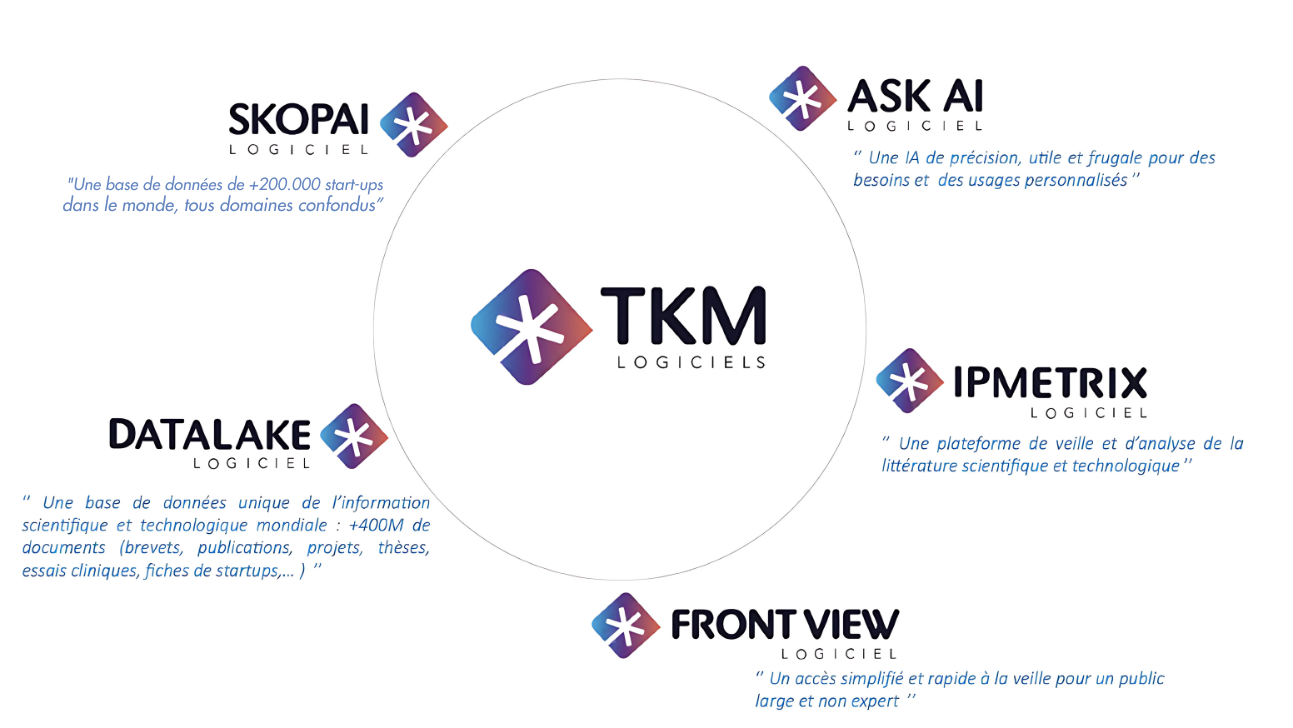How can we ensure the innovative nature of a given invention? How to proceed to ensure that your patent application is accepted?
Conversely, how can we take advantage of the examination period to block a patent application by a competitor which could prove embarrassing?
Follow the guide to understand everything about searching for patent prior art.
 PATENT PRIOR SEARCH: DEFINITION
PATENT PRIOR SEARCH: DEFINITION
To be admissible, a patent application must demonstrate the innovative and innovative nature of the process, material or technology that one wishes to patent. Indeed, it is impossible to patent an element that already exists in the public domain.
Before claiming a monopoly on a technology for 20 years, you will therefore have to prove and demonstrate that you are not claiming something that has already been published, in any form whatsoever, before the date on which you filed your request for patent .
The office responsible for issuing or refusing the patent generally takes between 2 to 5 years to examine your application.
The key stages in the life of a patent
- The patent application is filed with the competent office (the INPI in France, or the EPO for Europe, for example). A timestamp of the request is made.
- After 6-10 months, the examiner submits his prior art search report. If a lack of patentability is mentioned, the company has 3 months to respond and argue.
- At +18 months , it is the end of the secrecy period. The patent application becomes accessible in the patent databases. Your competitors become aware of the nature of your invention. They then have a period of 3 months to contest your application and prevent you from patenting. This is what we call “the third-party observation period”.
- After 2-5 years , and if all the patentability criteria are met, the patent is issued. You then have a 20-year monopoly on the claimed invention – from the filing date – in the country where the application was made.
Good to know : in France, it has been possible since 2020 to oppose a granted patent with the INPI. In the same spirit as for the filing of third-party observations, companies have a period of 9 months, from the grant of the patent, to oppose them . If the opposition is well founded, this approach may result in the total or partial revocation of the patent or its maintenance in a modified form.
 PATENT PRIORITY SEARCH: THE PROCEDURE TO FOLLOW
PATENT PRIORITY SEARCH: THE PROCEDURE TO FOLLOW
To carry out his prior art search, the examiner will first check that the claimed innovation does not already exist in existing patents , or patent applications prior to yours. If he finds an innovation similar to yours, already claimed or just mentioned by a third party, a lack of novelty will be noted and your patent application will be rejected.
Filing a patent application requires effort, time and money. your best interest to identify potential pitfalls early on. This therefore involves systematically searching for any document which may have already made public the subject of the invention or the process for which you are about to claim authorship.
In this regard, many are satisfied with a search on the patent databases, using a few key words. This is an error, because it is any publicity, that is to say any placing in the public domain of key information relating to the subject of your claim, which can antedate your patent application . This information can just as easily be found in scientific publications, web articles, conferences, etc.
You will therefore ideally need to explore all the literature, beyond just the patent bases. Regardless of the communication channel, was the information made public? This is THE criterion that will take precedence during a prior art search.
Disclosures: be careful not to shoot yourself in the foot… by disclosing!
This happens more often than you think...
Let's imagine that you filed your patent application on 1st . Except that on May 31, you were invited on a radio show during which you disclosed substantial elements of the technology (process, ingredients, etc.) included in the list of your technical claims... This sharing in space public may be retained by the Patent Office and/or by a competitor to refuse you the novelty criterion and consequently reject your patent application.
This disclosure can be made by you, but also by a partner associated with your R&D work…
Hence the obvious interest in subjecting all stakeholders to a strict confidentiality agreement, preserving your competitive advantage of course, but if necessary, also your chances of being able to claim the monopoly through a registered patent. exploitation of your innovation.
 PATENT PRIORITY SEARCH: HOW TO TAKE ADVANTAGE OF THE THIRD PARTY OBSERVATION PERIOD TO BLOCK A TROUBLEOUS PATENT APPLICATION?
PATENT PRIORITY SEARCH: HOW TO TAKE ADVANTAGE OF THE THIRD PARTY OBSERVATION PERIOD TO BLOCK A TROUBLEOUS PATENT APPLICATION?
You may also be required to carry out a prior art search on a competing patent. But your goal will be very different.
When the patent application is made public, 18 months after filing the application, you have 3 months to bring to the attention of the examining office any information likely to hinder the grant of a troublesome patent, particularly with regard to the lack of inventiveness .
The working method will be the same. The purpose, however, will be very different. You will then be looking for any document or public communication prior to the competing patent, and there more than ever your exploration will focus on all the sources of information that you can review. Indeed, if a prior and similar patent exists, the probability that the examiner will identify it is in principle quite high. You will then be required to carry out much broader research and within a limited time frame.
Without suitable tools, this research will require considerable time, access to various databases, and potentially confronting you with a very large amount of information.
For an IPR that is in principle already busy, meeting the deadline to have a patent anticipated can prove to be a real challenge.
For start-ups and SMEs seeking to file a patent, the prior art search carried out by a personal protection firm may prove incomplete, as it will focus on the closest patents, omitting other sources of information .
Designed to facilitate and accelerate the analysis of heterogeneous data, TKM's IPMetrix software is a valuable ally for anyone wishing to carry out a patent prior art search . This software solution for searching, visualizing and analyzing multi-source data provides a 360° view of a given universe. With such a tool, you put all the odds in your favor to increase your chances of having your patents granted, or on the contrary, of blocking a troublesome request from a competitor. In addition, you will be able to benefit from a map of your strategic environment, complementary to the prior art search.
TKM also offers a whole suite of software to support you in your innovation projects.

Would you like to know more?
 PATENT PRIOR SEARCH: DEFINITION
PATENT PRIOR SEARCH: DEFINITION
 PATENT PRIORITY SEARCH: THE PROCEDURE TO FOLLOW
PATENT PRIORITY SEARCH: THE PROCEDURE TO FOLLOW
 PATENT PRIORITY SEARCH: HOW TO TAKE ADVANTAGE OF THE THIRD PARTY OBSERVATION PERIOD TO BLOCK A TROUBLEOUS PATENT APPLICATION?
PATENT PRIORITY SEARCH: HOW TO TAKE ADVANTAGE OF THE THIRD PARTY OBSERVATION PERIOD TO BLOCK A TROUBLEOUS PATENT APPLICATION?
